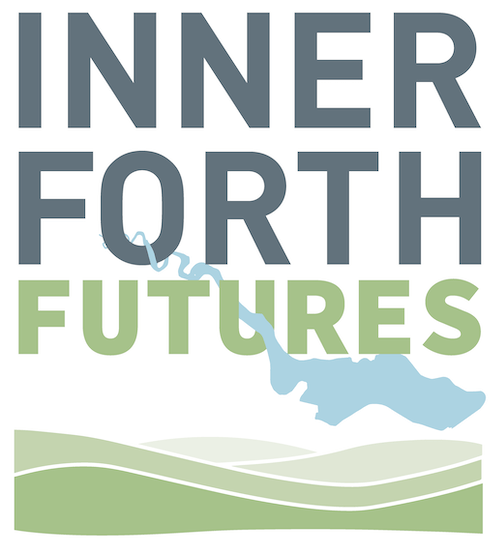Training Tomorrow’s Talent
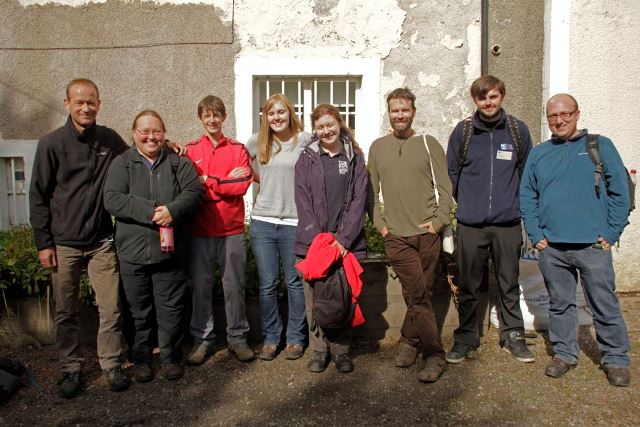
Training Tomorrow's Talent was an on-going IFLI project that started in 2014 and aimed to support those at the start of their careers, in two ways. The project created sixteen paid in-work training opportunities through a range of fixed-term traineeships based with the IFLI team and partners. It also offered five MSc students bursary-supported dissertation opportunities around the Inner Forth area. This created a pool of local people with a mixture of specialisms and skills in the heritage and environment sectors, benefiting not only themselves in the long run, but those sectors and the area as well. You can download the end of project report from the downloads section of this webpage.
Traineeships
From 2014-2015, 10 trainees gained valuable training and on-the-job work experience across the Inner Forth landscape area, and made a significant contribution to the IFLI programme. All placements were focused on the ‘green’ sector, increasing participants' future employability in this field. The majority of people on these placements went into related work in this sector. In August 2015, we reached the end of the first phase of Training Tomorrow's Talent run in partnership with Clackmannanshire Council’s Forth Coastal Project, and supported by the Coastal Communities Fund (CCF).
From 2015 to 2018, trainee placements were hosted by the RSPB, either as part of the IFLI team or with the Forth & Lomond Reserves team. The project was managed by IFLI staff. In 2015 two trainees were recruited to support the IFLI team: Paul joined the team as Historic & Natural Environment Trainee and Adam joined as Wildlife Recording Assistant. A few weeks in to his traineeship Adam said:
'I joined IFLI in August as a Wildlife Recording Assistant as part of the Training Tomorrow's Talent project. I'm really enjoying getting to know the job, the area, the wildlife and the people. The majority of my work ties into the Forth Nature Counts project which seeks to enhance the level of biological recording in the area. There’s always something new to learn and share with others. Highlights so far have included watching short eared owls hunting outside the office and spending a warm, sunny afternoon following badger trails. We have an amazing array of free public workshops lined up this year so I’m looking forward to a great summer.'
To read Adam's final thoughts on the traineeship in his goodbye message, scroll down to the download list at the bottom of this page. Adam was also lucky enough to be selected for a week-long study trip to Finland in May 2016 arranged by Archnetwork and funded by Erasmus+. Scroll down to the bottom of this page to read his blog about the week-long visit or download a copy.
2016 saw the beginning of a further two trainee placements, with both trainees starting work at the RSPB Skinflats Reserve over the summer. Marcia Rae joined as the RSPB Inner Forth Futurescapes Project Assistant, and Nicholas Reid as the IFLI Events and Outreach Assistant. In 2017, we said congratulations and goodbye to Marcia as she gained a Ranger role futher North, and welcomed Ami Kirkbirght as Inner Forth Futurescape Project Assistant and Lizzy Cairns as IFLI Wildlife Recording Assistant. In 2018 the project ended and we were delighted that each of our trainees moved into new roles in the charity and public sectors.
During the four years of the project, sixteen traineeships were hosted by partners and five MSc dissertations were supported. From feedback, we know that trainees learnt and contributed a huge amount to the projects and sites that they worked on and that their colleagues found that their teams were boosted by the additional capacity, new ideas and skills. Overall, it was a very positive experience for all. Whilst we do not know the destinations of all beneficiaries, a number have gone on to new roles with Historic Scotland, TCV, Scottish Wildlife Trust, RSPB, Perth & Kinross Council, Scottish Government and Highland Council. We wish each of our trainees and MSc students the very best for their next steps and hope that they will re-visit the Inner Forth in years to come.
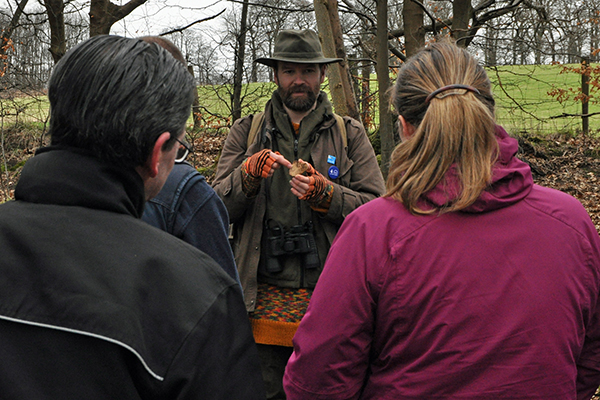
Photo: TTT trainee Chris Knowles talks to some of the people on the Inglewood Walk/ Robert Trevis-Smith
Student Bursaries
Our first student bursary was awarded to Hazel Ramage, a student at Stirling University studying for an MSc in Environment, Heritage and Policy. Hazel’s research looked at Kennetpans Distillery’s use of resources from the local landscape - notably coal and barley – and what happened to the waste produced. Her report 'Kennetpans Distillary: The Site and the Wider Landscape' part 1 and part 2 can be found by clicking on the part numbers and at the bottom of the page.
Our second student bursary was awarded to Sophie MacDonald, a student at Stirling University studying for an MSc in Environment, Heritage and Policy. Sophie's research investigated the motivations and power of community groups. Her report is titled 'Conserving Communities' and can be downloaded by clicking on the title or from the list of documents at the bottom of the page.
In 2017 three further bursaries were awarded to students in the local area. As with the earlier bursaries each took a different but very interesting and important look at an aspect of heritage, history or nature conservation in the Inner Forth, and all are available below:
Aaron Martin: Bridging Scotland's B-Lines PDF.
Julie Ann McHale: Heritage Engagement and the Process of Developing Social Capital PDF
Liam Boyle: A Study of the Memories Associated With Stirling Harbour PDF
Erasmus+ / Archnetwork study trip to Finland - Blog by Adam Ross, IFLI Wildlife Recording Assistant
In the first week of May 2016 I was fortunate enough to participate in a week-long visit to Finland. We were hosted and guided by students and staff from Tampere University of Applied Sciences who provided an incredibly varied and inspiring week and I came home with some fantastic memories.
The trip, organised by Archnetwork and funded by Erasmus+, provided an amazing opportunity to gain new insights and share ideas relating to wildlife, conservation and land use in another country. I was joined on the trip by seven very interesting, knowledgeable and sociable staff members from RSPB, Loch Lomond & Trossachs National Park, Woodland Trust, Paths for All and Forestry Commission and we had a fantastic time visiting a range of national parks, nature reserves, education facilities and information centres. We stayed in a traditional farmhouse next to Lake Hiivalahti with a resident osprey fishing near the shore most nights!
The flight from Edinburgh to Tampere provided an early opportunity to put the two countries’ forestry statistics into context - Finland has around 75% forest cover in comparison with Scotland’s 18%. The sheer scale of blanket forestry in Finland made for a striking comparison with the compartmentalised farm plots and heather moorlands of Scotland. Finland’s landmass is 4 times bigger than Scotland’s, yet the populations are roughly the same size so the pressure of human interests on the landscape is less intense. In addition to the vast forests, 10% of Finland is covered by lakes and waterways and there are 4 million hectares of natural peatland.
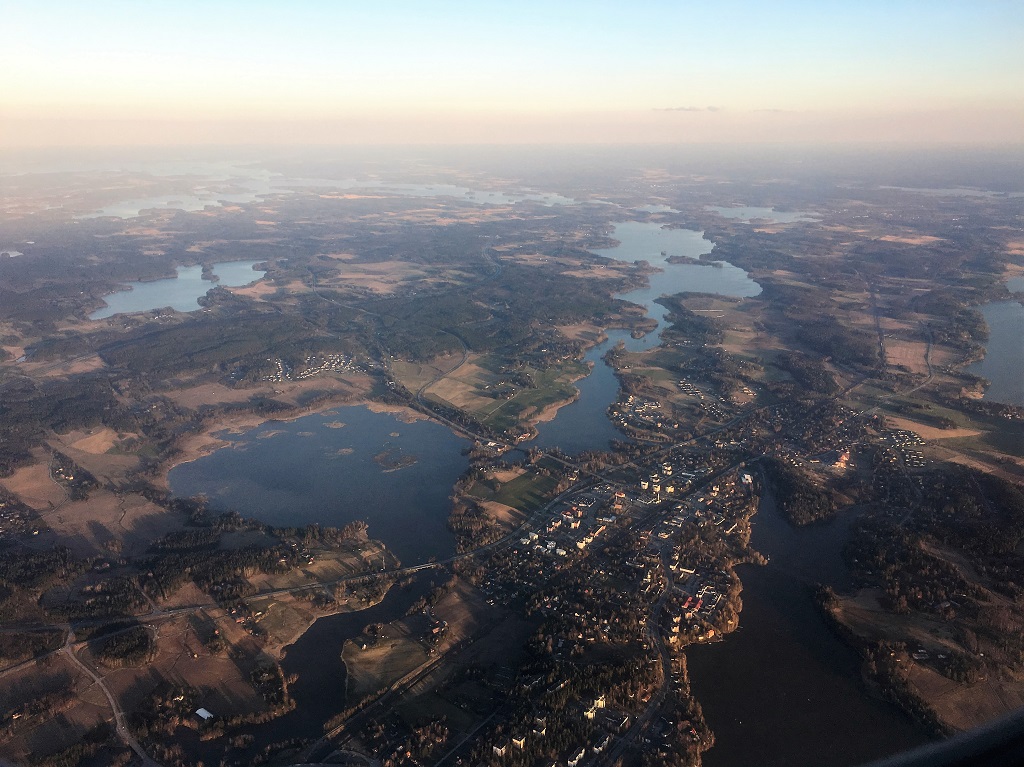 Flying into Tampere
Flying into Tampere
It became clear very quickly how important wood and forestry is to the Finnish economy and way of life. Pine, spruce and birch trees dominate the forests which are carpeted with spongy mosses, berry-rich heath shrubs and huge wood ant nests and we remarked upon how similar these habitats were to the pinewood forests of the Cairngorms. Large-scale forest cover of this kind makes Finland a haven for UK rarities such as red squirrel, crested tit and capercaillie.
The wildlife of Finland is generally very similar to ours although there are some notable differences, particularly in the variety of owls and woodpeckers. We were privileged to see a tiny pygmy owl in its nest box as well as a pair of ural owls. We also heard the sound of the black woodpecker (which is the size of a crow!) as well as a wryneck and a possible three-toed woodpecker.
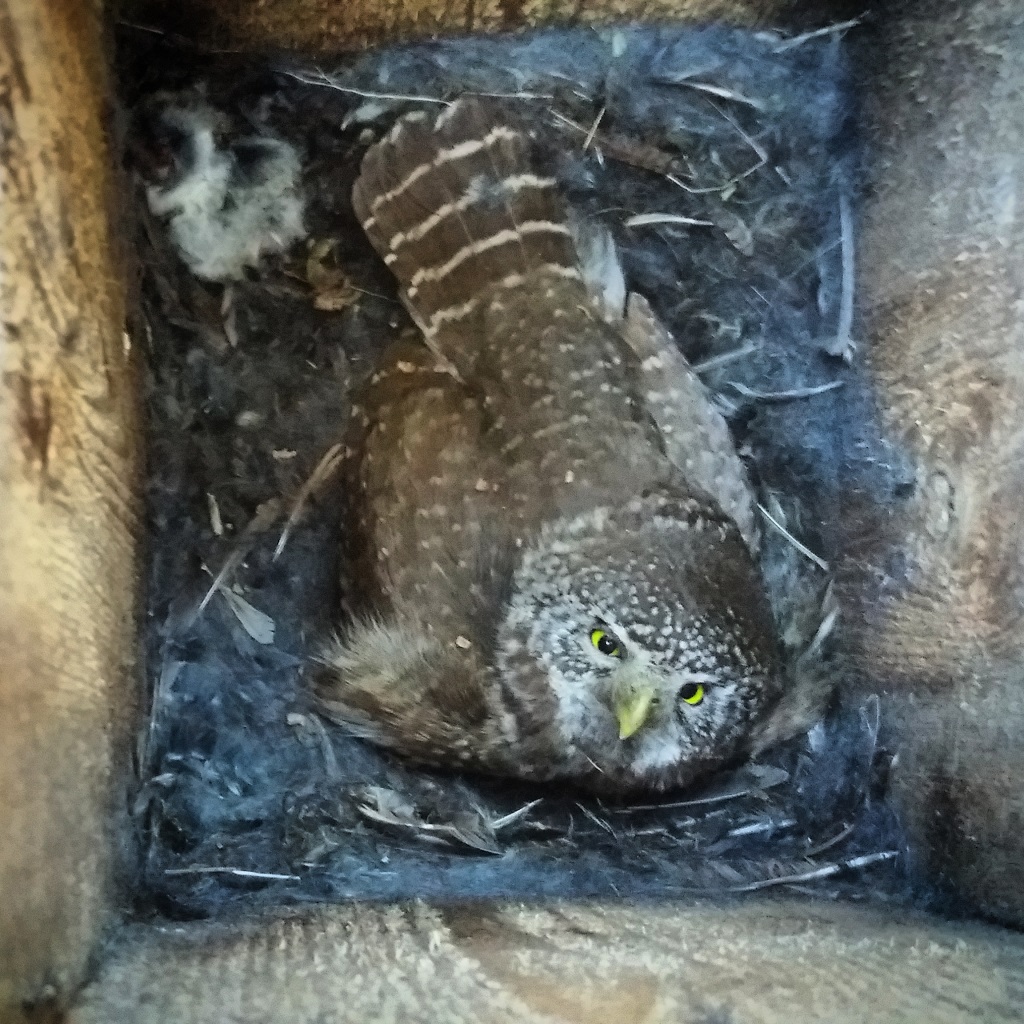
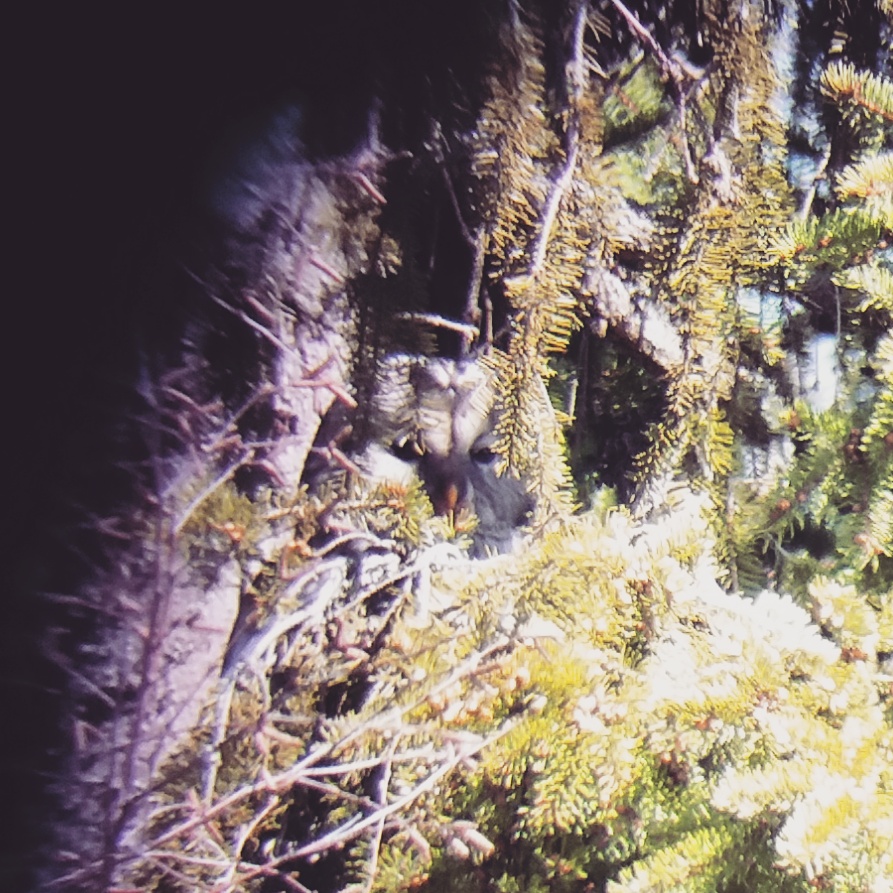 Pygmy owl Ural owl
Pygmy owl Ural owl
I'm personally very interested in the debate about reintroducing lost species to the UK. At a time when beaver reintroduction is on the cards for Scotland, it was useful to talk to people who live alongside them. A Finnish biology teacher described beavers as “essential” for biodiversity and explained that the abundance of viable habitat along with licensed hunting means significant conflicts with landowners are quite rare. We encountered some wolf scat on the trip which was a thrilling reminder that we were walking among large predators. The impact of wolves and lynx on deer was obvious as we saw natural tree regeneration occurring with none of the expensive deer fencing which is usually required in Scotland. Societal attitudes toward wolves were said to be fairly negative, with the dangers often being over-inflated by the media. The government undertook a controversial cull of around 75 wolves in 2015, leaving a population of around 200. Interestingly, there are around 1500 bears in Finland but they are much less controversial. Folklore plays a big part in this, with bears considered to be almost supernatural beings whereas wolves have long been depicted as untrustworthy and villainous.


Beaver felling signs Wolf scat
Our hosts gave us a great flavour of Finnish culture, ecology and environmental education from compulsory forest schools right through to their own forestry degree programme. It was also very interesting to experience different attitudes and approaches to access and recreation in a country which felt a bit more engaged with the outdoors and certainly more respectful of the environment when it came to issues such as littering and vandalism. As a visitor, it’s easy to come away with a rose-tinted view but Finland definitely seemed to have a great approach to supporting biodiversity and engaging positively with the outdoors. Most of the differences between the two countries can be linked in some way or other to Finland’s long-established forest-based culture, however there were many ideas that have helped re-frame and inform the way I look at conservation in Scotland. I’m therefore incredibly glad I got the opportunity to participate in this trip and gain experiences which have impacted very positively on me, both personally and professionally. I’d thoroughly recommend a visit!
You can read the full group report, including Adam's chapter on Wildife & Conservation, by clicking the link in the Documents section at the bottom right of this page.
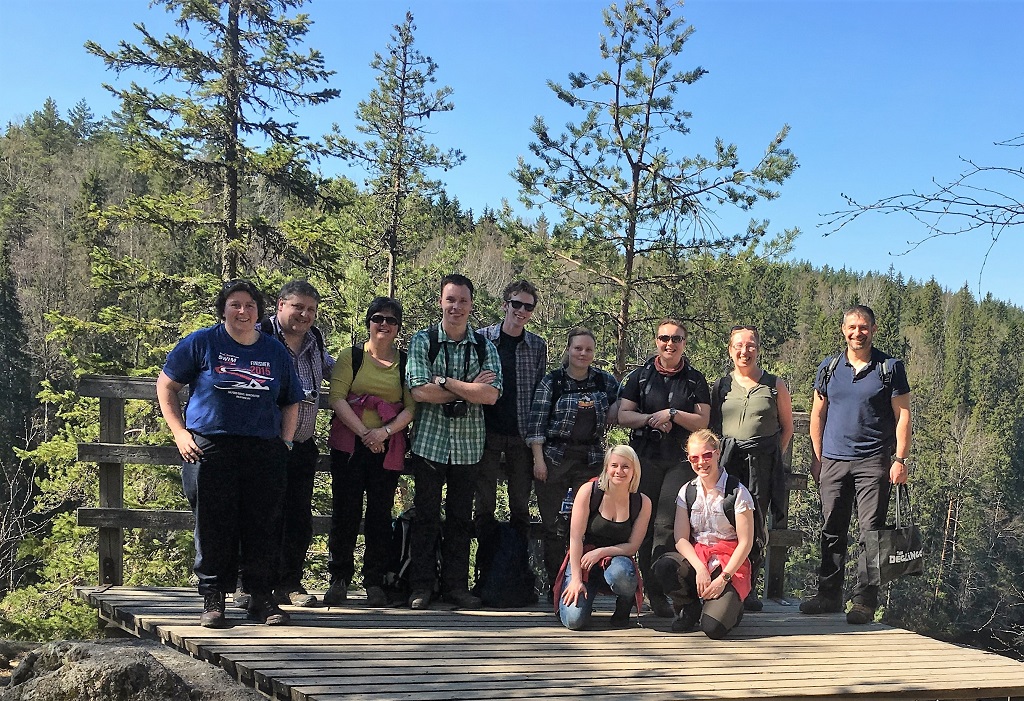
- Setting up a photo competition
- Designing, organising and leading a guided wildlife walk at Gubber Hill (Inglewood) in March.
